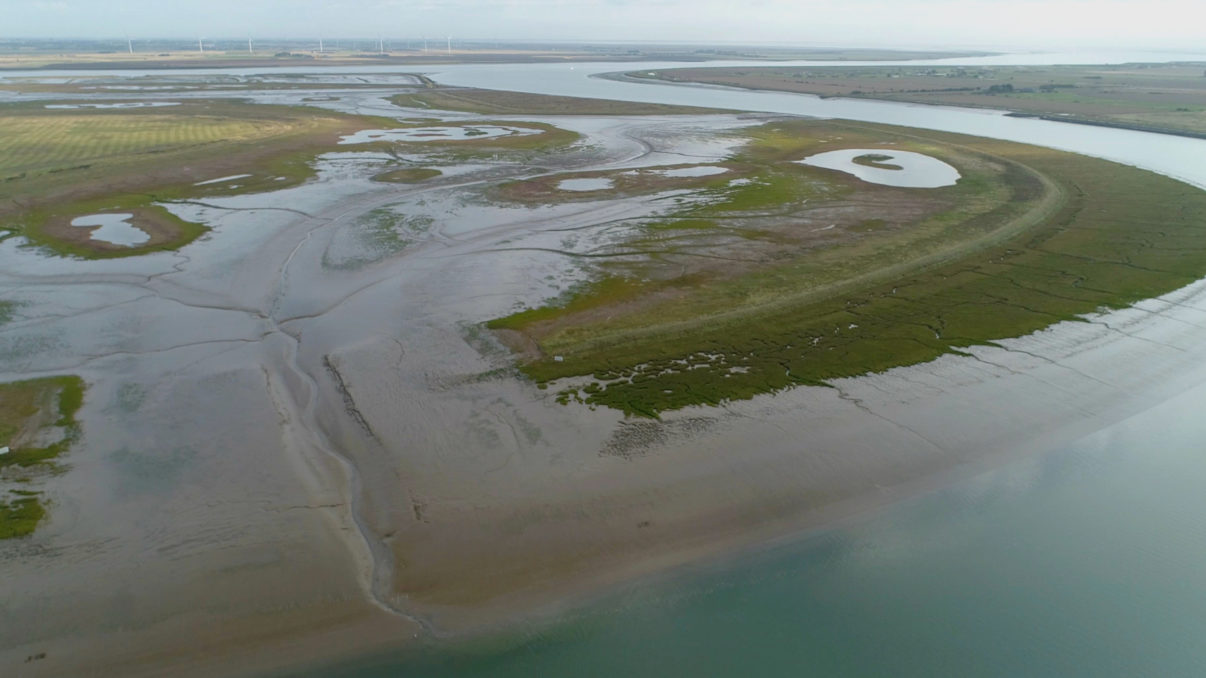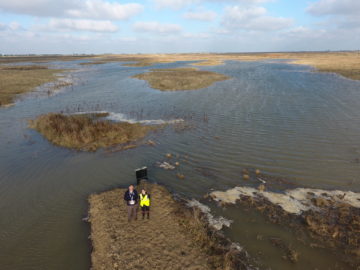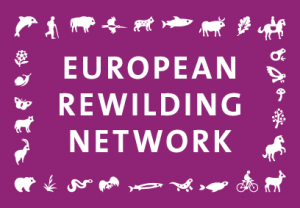Rewilding Europe is delighted to welcome the Wallasea Island Wild Coast Project to the European Rewilding Network. Comprising 850 hectares of tidal saltmarsh and mudflats, brackish lagoons, grazing marsh and freshwater grassland, as well as arable bird cover, this landmark conservation and engineering project represents the largest man-made marine wetland area in the United Kingdom. The addition takes the number of network members to 67 (including Rewilding Europe’s eight operational areas), distributed right across Europe.

The Wallasea Island Wild Coast Project is the UK’s largest and most innovative coastal wetland creation project, and probably the largest “beneficial use” scheme in Europe. The twin aims of the project are to combat the threats from climate change (through carbon sequestration) and coastal flooding, and to boost biodiversity by recreating an ancient wetland landscape of mudflats and saltmarsh, lagoons and pasture. Already popular with nature lovers, it will provide a haven for a diverse array of nationally and internationally important wildlife, including nursery areas for commercially important fish species.
Although development of the island – now a reserve managed by the Royal Society for the Protection of Birds (RSPB) – will continue until around 2021, the growing number of visitors can view progress as each phase comes to life and the local marshland naturally regenerates.
“The RSPB is delighted that Wallasea Island is joining the ERN,” says Jeff Kew, the RSPB Wallasea Island Wild Coast project leader. “Our network membership recognises the scale of Wallasea Island’s contribution to rewilding, and we look forward to sharing our insight and experience with managers of other European rewilding sites going forwards.”

Wallasea Island has been realised in partnership with Crossrail, the UK’s largest recent infrastructure project, with it’s excavation of two 20-kilometre railway tunnels beneath London. Created with 3 million tonnes of earth, it demonstrates how industry and nature conservation can work together to deliver beneficial outcomes for wildlife on a landscape scale.
In addition to providing new possibilities for recreation and reconnecting with wild nature, Wallasea should reduce the threat of local flooding by removing sections of poor quality sea defences vulnerable to failure. The creation of intertidal areas at the site involved raising land levels using the earth from Crossrail’s tunnelling operation. This was done to reduce the additional volume of sea water that would flow into and out of this new intertidal area on each tide, and has led to the development of mudflat, saltmarsh, lagoons, (seven) islands and non-tidal grassland. Over time the tide will deposit silt across Wallasea’s shoreline habitats, increasing the availability of food for wading birds. Successful breeding seasons for many species have already been recorded.
“The creation of Wallasea Island has been different to that of many other landscape-scale projects,” explains the RSPB’s Jeff Kew. “Simply withdrawing human intervention would have eventually increased flood risk, damaged a neighbouring Natura 2000 site, and created sub-tidal habitat. The careful landscaping of the site and installation of water control structures will enable the site to develop rich biodiversity once tidal water is introduced.”

Scaling up rewilding
 Rewilding Europe is part of a burgeoning pan-European rewilding movement which has seen many impressive and inspiring initiatives develop over recent years. With rewilding-related projects continuing to multiply and flourish across the continent, the objective of the ERN is to connect, support and strengthen them.
Rewilding Europe is part of a burgeoning pan-European rewilding movement which has seen many impressive and inspiring initiatives develop over recent years. With rewilding-related projects continuing to multiply and flourish across the continent, the objective of the ERN is to connect, support and strengthen them.
The ERN has displayed impressive growth since its launch at the WILD10, the World Wilderness Congress in Salamanca in October 2013. It operates on a stronger together philosophy, promoting rewilding as a conservation approach. Members meet regularly – usually via webinar – to share knowledge, insight and examples of best practice.
Rewilding Europe extends a warm welcome to all rewilding initiatives and encourages them to apply for membership of the ERN. Please view this page for more information on application.
